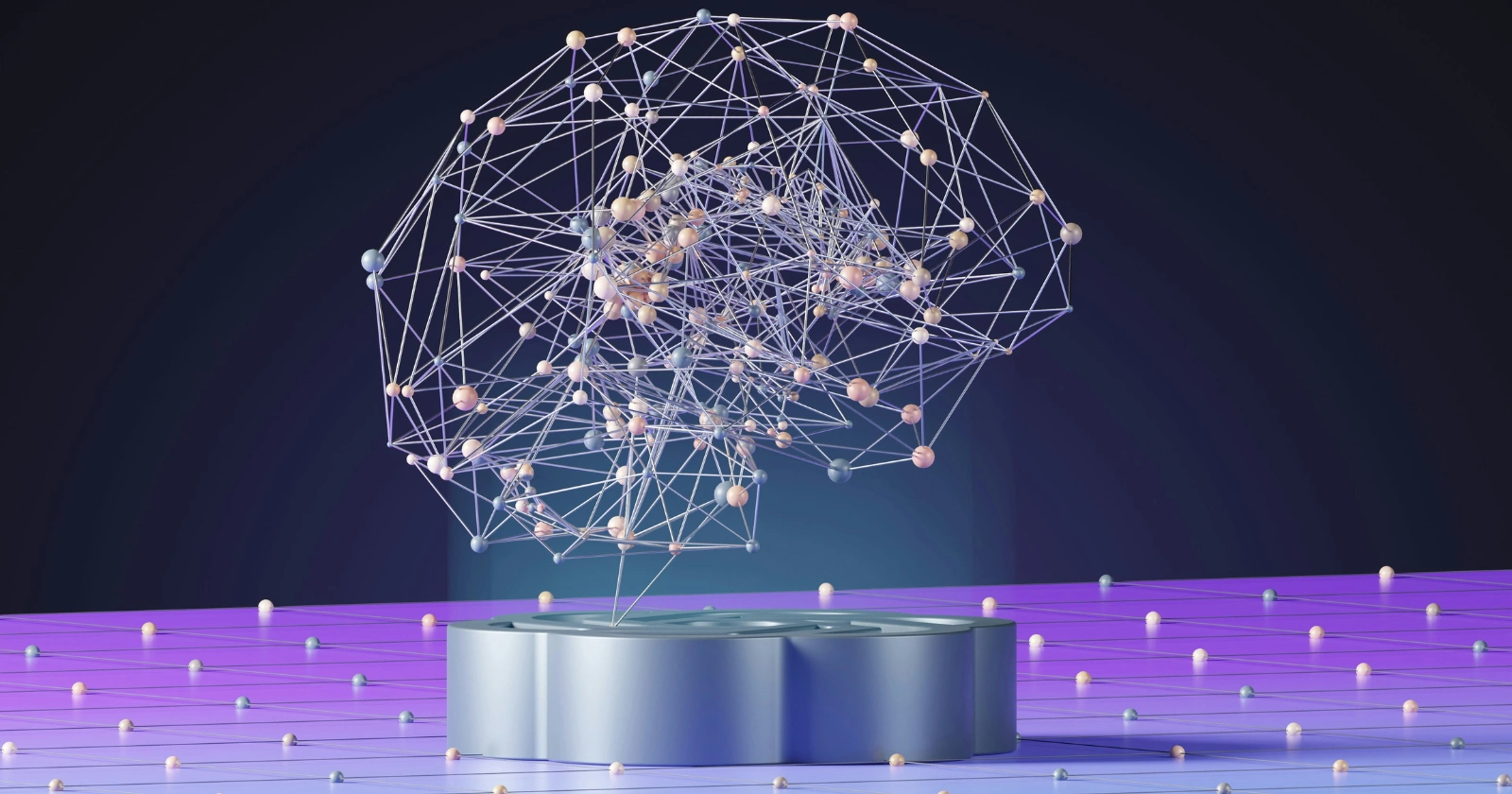Innovation thrives in the cryptocurrency sector, where rapid adaptation separates leaders from laggards. Coinbase stands at the forefront, with its CEO Brian Armstrong implementing a strict policy on AI integration.
This decision not only accelerated tool adoption but also ignited discussions on workplace dynamics in tech. Companies face mounting pressure to harness AI for efficiency, yet such mandates reveal deeper tensions between progress and human elements.
The Coinbase AI Mandate Unveiled
Armstrong’s approach began with enterprise licenses for AI coding assistants. Tools like GitHub Copilot and Cursor promised to streamline repetitive tasks. Initial projections suggested slow uptake, estimating months for half the engineers to adopt them. Armstrong rejected this timeline. He posted a direct message in the engineering Slack channel. Engineers needed to onboard by week’s end. Daily use was not required immediately, but setup was mandatory.
Those failing to comply attended a Saturday meeting. Explanations varied. Some cited valid reasons, such as recent travel. Others lacked justification. The latter group faced termination. This “heavy-handed” tactic, as Armstrong described it, drew internal criticism. Yet it conveyed a firm stance. AI represented a core priority, not an optional experiment.
Current Progress at Coinbase
Coinbase now generates 33% of new code via AI. The target remains 50% by quarter’s end. Monthly sessions share best practices. Teams demonstrate creative applications. Designers also leverage AI extensively. Even Armstrong uses it for decision-making. This reflects a company-wide commitment. Training fosters familiarity, reducing resistance over time.
Reasons Driving the AI Push
Competitive pressures in crypto demand constant evolution. Delays in adoption could hinder innovation. Armstrong viewed AI as transformative, not supplementary. Slow integration risked falling behind rivals. Other leaders echo this urgency. Google executives emphasize AI use to maintain edge in the arms race. Microsoft integrates AI into daily workflows.
Broader trends support this view. According to the Stanford AI Index 2025 Report, 78% of organizations used AI in 2024, up from 55% the prior year. GitHub Copilot boasts over 20 million users as of July 2025, with enterprise adoption growing 75% quarter-over-quarter. These figures underscore AI’s momentum in software development.
Advantages of AI in Software Engineering
AI tools offer tangible benefits. They enhance productivity across tasks.
Key Pros Include:
- Accelerated Development: AI generates boilerplate code swiftly. Engineers focus on complex problems.
- Improved Code Quality: Tools detect errors early. They suggest best practices.
- On-the-Job Learning: Reviewing AI outputs exposes new patterns. This builds skills organically.
- Greater Efficiency: Automation handles repetition. Time shifts to high-value work.
- Rapid Prototyping: Initial versions emerge faster. Iterations follow suit.
In crypto payroll and blockchain, these gains multiply. Efficiency aids secure, scalable systems. A Forbes article highlights AI’s role in reducing errors and analyzing vast data sets quickly.
Challenges and Drawbacks of AI Adoption
Despite upsides, hurdles persist. Overreliance poses risks.
Main Concerns Encompass:
- Job Insecurity: Fears of displacement lower morale. Anxiety affects focus.
- Skill Degradation: Constant AI use may weaken problem-solving. Critical thinking suffers.
- Security Vulnerabilities: In crypto, data sensitivity heightens breach risks. AI might introduce flaws.
- Ethical Issues: Bias in outputs could skew decisions. Privacy concerns arise.
- Codebase Management: AI-generated code complicates maintenance. Repositories become cluttered.
Harvard experts note ethical dilemmas in AI decision-making, stressing balanced integration. Forbes warns of job displacement as a key risk.
Balancing AI with Human Oversight
Successful adoption requires equilibrium. Human review remains essential.
Strategies for Harmony:
- Transparent Communication: Explain AI’s role clearly. This builds trust.
- Comprehensive Training: Provide sessions on effective use. Empower staff.
- Encourage Innovation: Allow experimentation. Foster creativity alongside tools.
- Feedback Mechanisms: Gather input regularly. Refine implementations.
Coinbase’s monthly “AI speed runs” exemplify this. They promote sharing without mandating full dependence. Armstrong stresses code reviews and human checks, especially for financial systems.
Industry-Wide AI Adoption Trends
Tech giants lead the charge. Google reports over 30% of new code from AI. Microsoft hovers at 20-30%. Perplexity mandates tools, slashing experimentation time dramatically.
A table illustrates comparisons:
| Company | AI-Generated Code Percentage | Notable Practices | Source |
|---|---|---|---|
| Coinbase | 33% (goal 50%) | Monthly trainings, mandatory onboarding | Cheeky Pint Podcast |
| Over 30% | Executive push for daily use | CEO Sundar Pichai statement | |
| Microsoft | 20-30% | Integrated into workflows | CEO Satya Nadella remarks |
| Perplexity | High (compulsory) | Reduces task time significantly | CEO Aravind Srinivas interview |
Global adoption grows rapidly. Projections indicate a 35.9% CAGR for organizational AI use from 2025 to 2030 (Exploding Topics). Developers increasingly learn with AI aid, with 44% using it for new techniques (Reddit discussion on 2025 developer survey).
Impacts on Employee Engagement and Culture
Mandates like Coinbase’s reshape dynamics. They signal urgency but may strain morale. Open dialogue mitigates this. Training transforms resistance into enthusiasm. In crypto, where security paramounts, AI augments rather than replaces expertise.
Broader data shows leaders adopt AI faster. A Gallup survey found 33% of managers use it frequently, double the rate of individual contributors. This gap highlights top-down pressure.
Future Outlook for AI in Tech
AI evolves swiftly. Tools like Cursor reach one million users rapidly. Revenue surges indicate sustained demand. Companies must navigate pros and cons thoughtfully.
Coinbase’s story exemplifies bold leadership. It prompts reflection on adaptation’s role in success. As AI integrates deeper, ethical frameworks gain importance. MIT research emphasizes addressing limitations to maximize benefits (source: implied from AI discussions on mit.edu, though specific link not direct).
The push at Coinbase underscores a pivotal shift. Tech demands proactive embrace of tools. Yet human ingenuity endures as the core driver. This balance ensures sustainable progress in an AI-driven era.
10 FAQs on AI Adoption in Tech Workplaces
- What prompted Coinbase to mandate AI tools? Armstrong sought rapid integration to boost efficiency in a competitive crypto market.
- Which AI tools did Coinbase engineers need to adopt? GitHub Copilot and Cursor served as the primary coding assistants.
- How many employees faced termination over the mandate? Reports indicate a small number, though exact figures remain undisclosed.
- What is Coinbase’s current AI-generated code percentage? It stands at 33%, with a goal of 50% by quarter’s end.
- Why do companies like Google push AI use? To gain advantages in innovation and maintain leadership in the AI race.
- What are common pros of AI in coding? Speed, error reduction, and focus on complex tasks top the list.
- How can firms address AI-related job anxiety? Through transparent communication and upskilling programs.
- What risks does AI pose in crypto development? Security breaches and ethical concerns with sensitive data.
- How does AI impact codebase management? It can create clutter, requiring dedicated resources for maintenance.
- What advanced strategies optimize AI-human collaboration? Implement dynamic feedback loops and ethical guidelines to enhance outputs while preserving skills.



